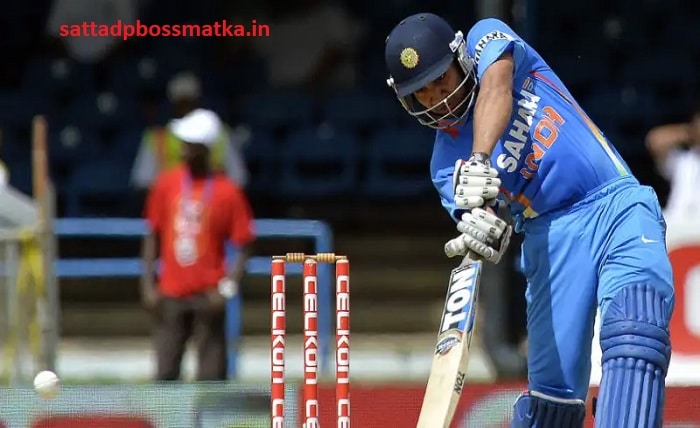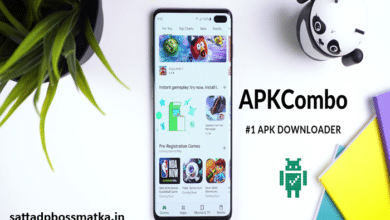
Blue vs. Emerald: History of Cricket Matches Between India and Sri Lanka
The roar of the crowd, the crack of the willow, the electrifying atmosphere – a clash between India and Sri Lanka promises all and delivers even more. This cricketing rivalry, woven from threads of shared history, passionate fanbases, and unpredictable encounters, has enthralled audiences for over three decades. Today, we embark on a journey through time, reliving the highlights, analyzing the turning points, and understanding the unique dynamics that set this battle apart.
The Tapestry of Battles:
Early Encounters: Building the Rivalry (1975-1989): The first spark ignited in 1975, followed by sporadic clashes in the early years. Legends like Kapil Dev, Ravi Shastri, and Aravinda de Silva laid the foundation for the intensity to come.
The 1996 World Cup: Birth of a Giant: At the pinnacle of cricketing glory, India’s thrilling World Cup victory over Sri Lanka in Bangalore cemented the rivalry’s fierce nature. Sourav Ganguly’s six became iconic, marking a shift in power.
Mutual Dominance and Shifting Tides (1996-2010): Both teams tasted triumphs and suffered defeats. Tendulkar’s heroics, Muralitharan’s spin magic, and Jayawardene’s elegant strokeplay kept the scoreboard buzzing.
The Rise of the Underdogs and the Dhoni Era (2010-2017): Sri Lanka, led by Sangakkara and Mahela, staged stunning upsets, but it was MS Dhoni’s golden era that saw India claim the upper hand, with unforgettable victories in Champions Trophy Finals and World Cup encounters.
Contemporary T20 Battles and Beyond (2017-Present): The shorter format has added a new dimension, with Pandya’s sixes and Kuldeep’s unplayable variations facing off against Kusal Mendis’ aggression and Theekshana’s mystery spin. India’s recent dominance in white-ball cricket continues, but Sri Lanka’s fighting spirit remains undimmed.
Beyond the Scoreboard: Key Players and Defining Moments:
Sachin Tendulkar vs. Muttiah Muralitharan: A battle of batting brilliance against spin wizardry, etched in cricketing folklore.
The 2007 World Cup Final: Dhoni’s calm amidst the storm brought India glory, forever shaping the rivalry’s landscape.
Lasith Malinga’s yorkers: The “Slinga Malinga” yorker became a feared weapon, leaving Indian batsmen bamboozled.
Virat Kohli’s century at Galle (2017): Chasing an improbable target, Kohli’s fighting spirit kept India’s hope alive, showcasing the depth of the rivalry.
Dynamics of the Rivalry: Passion, Pressure, and Respect:
Shared cricketing heritage: Both nations share a deep cricketing culture, fostering mutual respect for each other’s talent and skills.
Fanatical support: Passionate fanbases on both sides create an electric atmosphere, adding a layer of intensity to every encounter.
Pressure of expectations: High expectations and national pride often weigh heavily on players, making each match a high-stakes battle.
Conclusion
The India-Sri Lanka cricket rivalry transcends scores and statistics. It’s a tapestry woven from history, passion, and unpredictable brilliance. Each encounter promises a nail-biting thriller, with both teams pushing each other to greater heights. As new faces emerge and the game evolves, this captivating rivalry is sure to enthrall cricketing fans for generations to come.
FAQ
- Who leads the head-to-head record?
India currently holds the upper hand, but the record remains close and competitive.
- Which format produces the most exciting matches?
Both ODI and T20 cricket have witnessed thrilling encounters, each offering a unique blend of tension and excitement.
- Do the teams share any friendly relations?
Beyond the competitive spirit, players from both teams often express mutual respect and admiration for each other.
- What’s the future of the rivalry?
With young talent constantly emerging and both teams harboring ambitions for global domination, the India-Sri Lanka rivalry is bound to captivate audiences for years to come.




